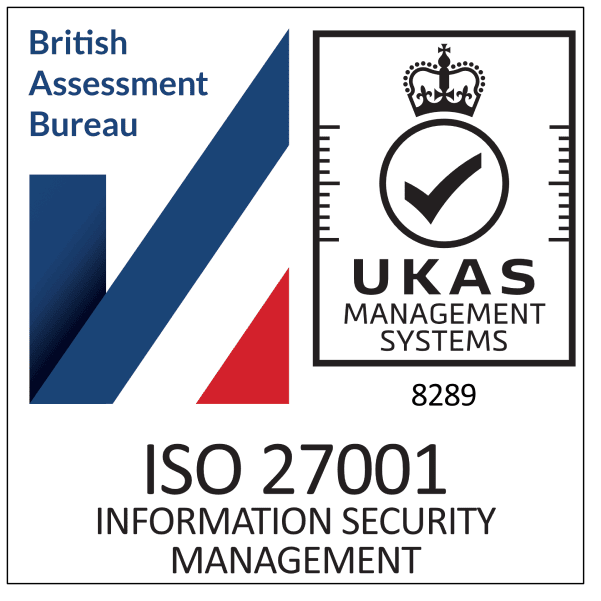Firewalls & Email Marketing
An email firewall is nothing but an application which works like a spam filter for inbound messages that are perceived to be problematic if opened by the recipient. The application getaway possesses a number of features that not only help in reducing spam emails but also scan incoming attachments for any signs of viruses that could infect the system of the recipients. Many email firewalls have functions that make it possible to scan inbound emails using different email domain names.
Email firewalls protect individuals and complex networks by filtering incoming and outgoing email traffic as per the set of rules determined by the firewall administrator . Firewalls monitor the behaviour of other users on the server and pass on that information to other firewalls. Additionally, when a particular subscriber marks an email as spam, the information is shared with other servers, thereby seriously damaging the sending reputation.
Firewalls usually blacklist senders based on either email domain names or IP addresses.
Sending Reputation and Spam Filters
One of the best ways to avoid getting flagged by email firewalls and other related spam filters is by keeping sending reputations intact. This can be achieved in a number of ways, from asking for permission to send emails, never sending any type of third-party apps, to avoiding booking links in the body of the email. Lodago can also help you circumvent the various spam and junk filters by embedding your calendar and letting your clients book meetings directly inside emails with a single click!
Moreover, businesses should always include their permission reminder and unsubscribe linksin their emails, to make emailing a better experience for everybody and also to avoid getting flagged as “spam”.
As a business-to-business marketer, one needs to pay special attention to the number of clicks and opens on their email campaigns. It can be a good way of measuring what is actually driving engagement, what content is working, budgeting the next campaign and so on. The number of email opens impacts automated campaigns and also determines how leads are nurtured while click-throughs impact inside-sales when they interact with the generated leads. However, it is important to note that the opens and clicks in your campaign might actually be reacting to email security firewall bots and have no actual human interaction whatsoever. A number of times, the majority of reported clicks actually correspond to bots. This can seriously affect both lead generation campaigns and performances.
All businesses in general have some sort of email security firewall and therefore the barriers for getting into a B2B client’s email inbox are higher than for personal inboxes.
How can Email Firewalls and Bots affect your Email Marketing Campaign?
Firewalls are built to check for links to malicious websites or malware. Various email firewalls use bots to scan email content and to decide whether or not to allow emails into the intended recipient’s inbox. The scan usually involves clicking several links and following through several layers of webpages and scanning them to find malicious or harmful links.
If the email security bot finds any malicious link, the email is quarantined and never seen by the intended recipient. Emails are passed on only when the firewalls deem it safe. Automated marketing softwares cannot distinguish between bot-opened links lacking human connection and actual opens, often leading to false reports. Before investing in further resources, knowing the correct amount of human engagement is extremely important.
We know that email campaigns are still very effective when it comes to connecting with consumers. You can refer to our previous blog post to ensure a successful email marketing campaign for your business. It is extremely important to ensure that your emails are actually reaching the recipients’ inbox. Lodago makes sure that your email reaches your recipients’ inboxes by embedding your calendar directly inside the email. The senders can then book a meeting with you in a single click.
Spam Laws & Other Security Measures
As technology advances, more threats are becoming associated with emails, such as various forms of phishing, and therefore system administrators in fact have good reasons to implement stricter security measures.
For bypassing spam/junk and various other security filters, it is imperative to learn how they actually work, what spam laws are and what role artificial intelligence usually plays in the screening of emails.
The CAN-SPAM Act of 2003 is a great place to start. This act was brought into effect in the United States on January 1, 2004. Some of the main provisions of the act include:
- Subject lines should be directly relevant to the content of the email
- Names, headers and reply addresses must be straightforward and unsubstantiated claims should not be made
- The email should also have a link which allows users to unsubscribe anytime they want
- The email must also include the company’s physical address
Usually, failure to comply with any of the above provisions could lead to hefty fines and various other dire consequences in case of repeat offences. All types of business are usually affected by this law. Canada’s Anti-Spam Legislation, 2014 carries similar provisions, with one key difference being that this law covers all forms of electronic communication and not just emailing.
So what are the consequences for not complying with these laws which are enacted in different nations? When emails get caught in spam filters, what happens is that the email is never seen and read with this you essentially lose a prospective sale. In corporations, getting caught in junk filters by violating provisions typically means that all emails sent to employees end up in junk folders and are bounced back. In other words, once an email address used to send out the transmissions is blocked, nothing can get through again.
While filter setups vary, most filters use something called “spam score” to filter emails. Violating several of the provisions listed in the current laws gives the email a higher spam score, thereby making it more susceptible to be considered as junk and to end up in the spam folder. It is interesting to note that some companies often analyse spam emails and it is likely that repeat offenders are reported, leading to hefty fines and other legal repercussions.
Key Points to Remember for a Successful Email Campaign
So, how do you end up not being tagged as a spammer? Start with compliance to currently laid out laws and protocol. Also, avoiding strategies that signal spam folders that the inbound email belongs there is essential.
It is advisable to not use all-capital letters to grab attention in emails as it can be a major turn off for someone who is reading the email. Adding irrelevant characters along with words in the subject lines should also be avoided. Both of these practices grab the attention of the spam folder.
Fonts should also be kept fairly simple and tons of colours ought to be avoided. The content should hold its ground on its own merit. The importance of quality content simply cannot be stressed enough. It is advisable to keep the communication crisp and simple and to focus on the solutions you are providing as going around in loops will likely invite the scrutiny of spam filters.
Finally, it is important to regularly update your mailing lists and to get rid of outdated mailing lists. Pitch to prospective consumers who have in some way expressed an interest in your product. Weeding out inactive email addresses is equally important as doing this improves the odds of generating sales.
Making mistakes once in a while is okay, but repeated mistakes coming from a specific company or domain is dangerous for your reputation score as the firewall is likely to reject all your emails if the filter blocks enough of them. The reputation factor is therefore a major aspect of deciding which businesses are worthy of engagement and eventual sales from customers. The score can also indicate factors like reliability and trustworthiness. Emails stuck in junk folders cause the reputation to suffer and ultimately fewer people are interested to know what you have to say.
The conclusion is pretty simple. In order to have a successful B2B email campaign, you have to make one that is compliant with current protocols and avoid practices which might lead your email to the junk folder. The email content, in turn, should be conversational, engaging, interactive and provide value to your potential prospects. Qualifying prospects will make sure that your campaign is customised, thereby increasing the odds of generating sales and engaging with them.








